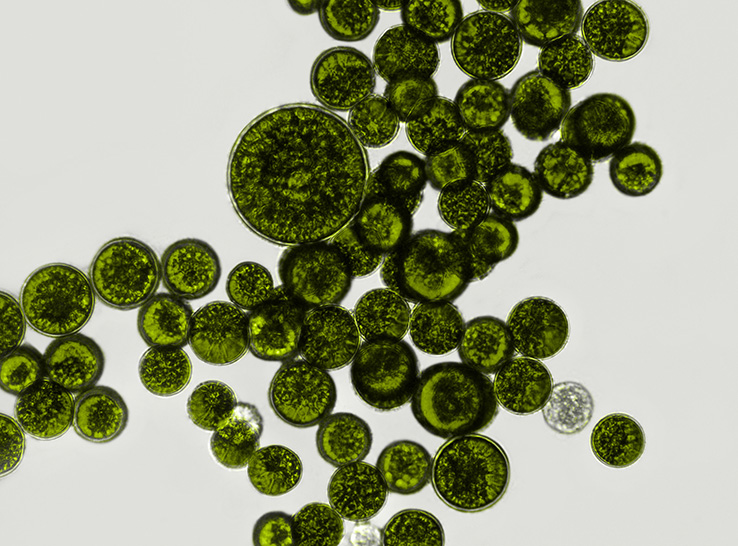Hatchery sanitation is a continual issue in commercial poultry and has become a focus since the removal of antibiotics in production, according to Brian Jordan, PhD, associate professor at the University of Georgia.
“Poor sanitation leads to reduced hatchability, increased 3- and 7-day mortality, and chronic infections that can reduce performance,” he says in a recent study report developed for USPOULTRY.
He notes that more than 30 years ago, using a formaldehyde fogging system in hatcheries was a common practice to control microbes.
“But as the undesirable effects on equipment, chick respiratory quality and hatchery workers were realized, the practice was discontinued in many places,” Jordan says. “Now, with reduction in antibiotic use, formaldehyde fogging has again become a common practice.”
Promising alternative
One alternative is dry hydrogen peroxide (DHP), a proprietary technology that produces a true gas-phase hydrogen peroxide molecule, making it different from the common liquid peroxide solutions normally used in sanitation and medicine.
In previous research, using DHP in common spaces of the hatchery resulted in increased hatch of fertile, decreased aspergillus-positive chicks and decreased 3-day mortality at the farm.
Other research has shown that using DHP in a concentrated manner in single-stage incubators can achieve the same level of microbial reduction on eggshells as pre-fogging eggs with formaldehyde prior to set.
“With these data, the next logical step would be to test DHP against formaldehyde fogging in hatchers, as is done in the US industry,” he says.
The goal of this project was to compare the efficacy of using DHP in a commercial hatchery to formaldehyde. According to Jordan, the central hypothesis of this research was that “using DHP in the egg room of the hatchery, the hatchery common spaces and in the incubators and hatchers themselves, in a cumulative manner, would result in microbial control and hatchery and production performance equal to the use of formaldehyde fogging.”
University of Georgia investigators installed DHP machines in the common spaces of a commercial broiler hatchery and in select single-stage incubators and hatchers. They collected data for 12 months, comparing hatchability, residue breakouts, fluff counts, microbial loads on surfaces and eggshells, and 3-day mortality and necropsy evaluation of the 3-day mortality between the groups of eggs that were treated with DHP or treated with the standard formaldehyde fogging program.
Study results
“Overall, no differences were seen between treatments in fluff counts, residue breakouts or general hatchery-surface microbial load, though significant differences were seen on surface microbial loads in the hatchery-egg cooler after the introduction of DHP,” Jordan reports.
However, he adds, a significant reduction in eggshell microbial load was seen on groups of eggs treated with DHP during incubation compared to eggs that were not, though there was a large natural decline in both groups compared to before set.
There was a significant increase in hatchability in the groups treated with DHP compared to those same machines prior to DHP addition (3.11%). Furthermore, DHP treatment brought the hatch of those machines up to a level that was not significantly different from the formaldehyde program (85.88% and 86.1%, respectively). There was no difference between treatments in 3-day mortality or the post-mortem analysis of that mortality between treatments.
“The results of this trial demonstrate that DHP, in the single-stage system utilized, performed as well as the industry-standard formaldehyde fogging program,” Jordan says.
“This is significant for the poultry industry, as it shows that there is a viable alternative for formaldehyde use, especially since formaldehyde has already been banned in some states and is currently under risk evaluation with the Environmental Protection Agency, which could lead to a total ban.”
The research was funded by USPOULTRY and the USPOULTRY Foundation, thanks in part to an endowing foundation gift from Fieldale Farms.
Editor’s note: Content on Modern Poultry’s Industry Insights pages is provided and/or commissioned by our sponsors, who assume full responsibility for its accuracy and compliance.








